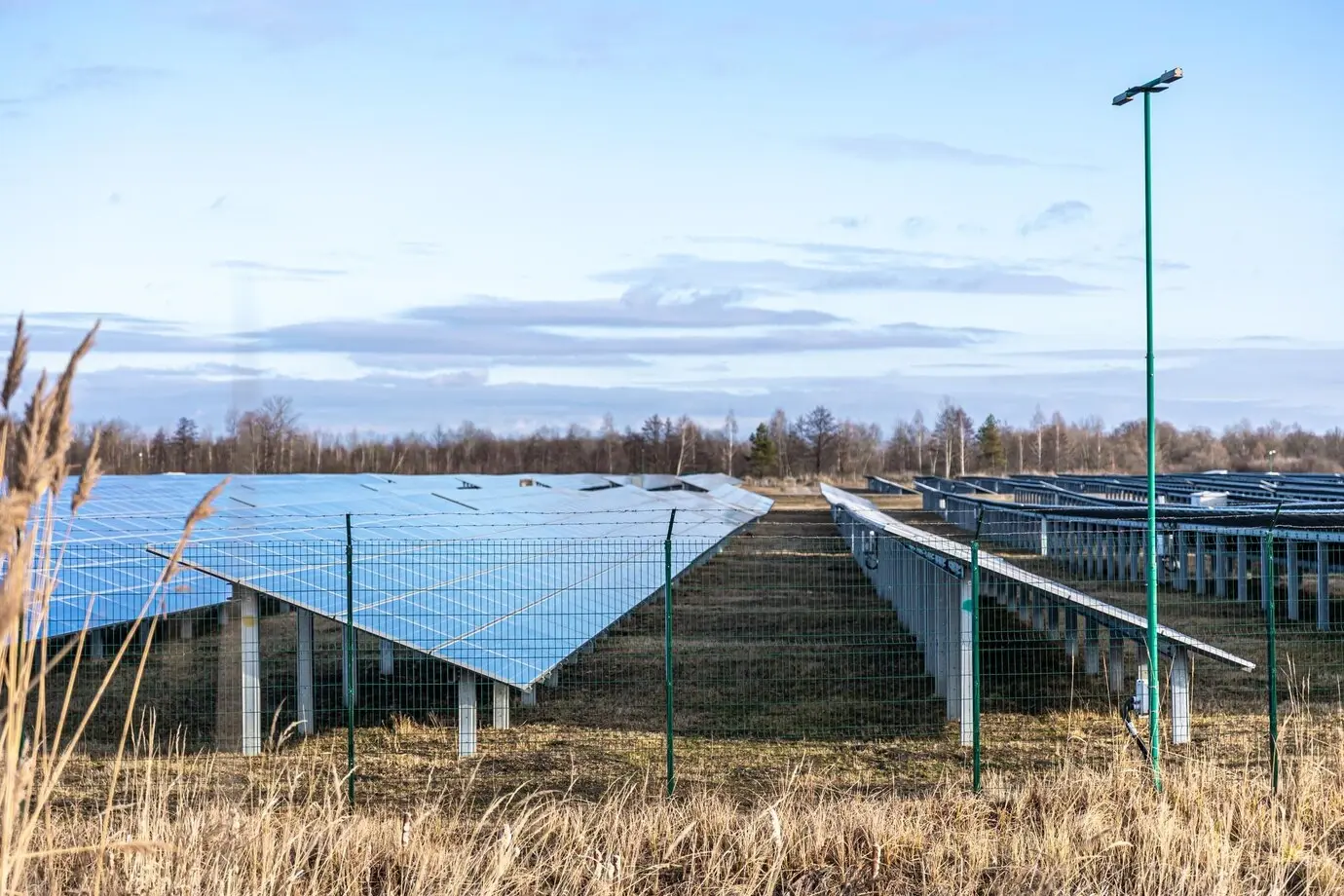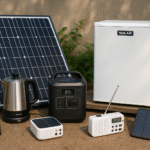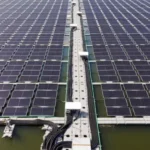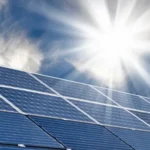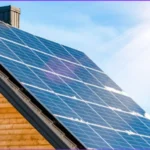Integrating energy storage systems with your solar panels can significantly enhance the efficiency and reliability of your renewable energy setup. These systems ensure a consistent power supply by storing excess energy generated during peak sunlight hours, even when the sun isn’t shining.
This approach not only maximizes the utilization of your solar panels but also offers greater energy independence and potential cost savings.
Understanding Energy Storage Systems
An energy storage system (ESS) captures energy produced at one time for use at a later time, reducing imbalances between energy demand and production. In solar energy, ESS allows homeowners and businesses to store surplus electricity generated during the day for use during nighttime or cloudy periods. This capability is crucial for maintaining a stable and reliable power supply.
Types of Energy Storage Systems
Several types of energy storage systems can be integrated with solar panels:
- Battery Energy Storage Systems (BESS): These systems use rechargeable batteries to store electrical energy. Lithium-ion batteries are the most common due to their high energy density and decreasing costs. BESS can be scaled to meet various energy demands, from small residential setups to large industrial applications.
- Pumped-Storage Hydroelectricity: This method stores energy by using surplus electricity to pump water to a higher elevation. The stored water can later be released to generate electricity when needed. While effective, this approach requires specific geographical conditions and is more suitable for large-scale applications.
- Flywheel Energy Storage: This technology stores energy in the form of rotational kinetic energy using a high-speed rotor. When energy is needed, the rotational energy is converted back into electricity. Flywheels offer rapid response times and are often used for short-term storage needs.
Benefits of Integrating Energy Storage Systems with Solar Panels
Combining energy systems with solar panels offers numerous advantages:
- Enhanced Energy Independence: By storing excess energy, you can reduce reliance on the grid and ensure a continuous power supply during outages or periods of low solar generation.
- Cost Savings: Stored energy can be used during peak demand when electricity rates are higher, reducing energy bills. This practice, known as peak shaving, is particularly beneficial in areas with time-of-use pricing.
- Grid Stability: Energy storage systems can provide ancillary services such as frequency regulation and operating reserves, contributing to overall grid stability. This is especially important as the share of variable renewable energy sources increases.
Energy Storage Systems and Diesel Generators
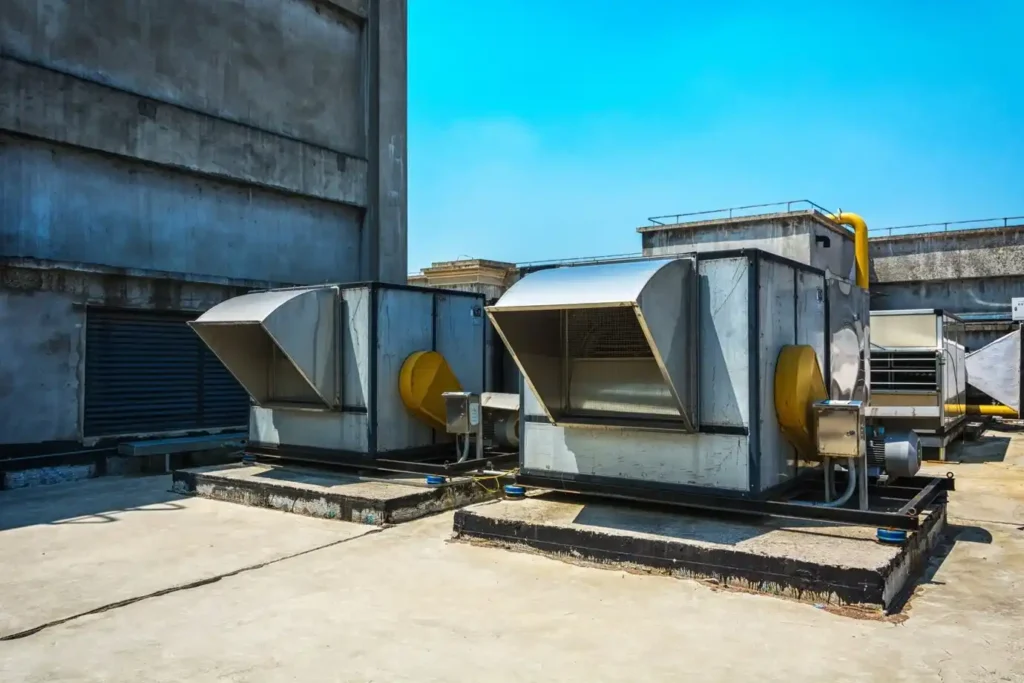
Integrating energy storage systems with diesel generators can offer a reliable power solution in remote areas or during extended power outages. This hybrid approach allows for the efficient use of stored solar energy, with the diesel generator serving as a backup when storage is depleted. Such configurations can save fuel, reduce emissions, and lower operational costs.
Benefits of Hybrid Systems
Combining energy storage systems with diesel generators provides several benefits:
- Fuel Efficiency: The energy storage system can supply power during periods of low demand, reducing the need to run diesel generators continuously and thereby saving fuel.
- Extended Generator Life: Reduced operational hours decrease wear and tear on diesel generators, extending their lifespan and reducing maintenance costs.
- Environmental Impact: Lower fuel consumption reduces greenhouse gas emissions, contributing to ecological sustainability.
Choosing the Right Energy Storage System
When selecting an energy storage system to pair with your solar panels, consider the following factors:
- Capacity and Power Requirements: Assess your energy consumption patterns to determine the appropriate storage capacity and power output to meet your needs.
- Battery Technology: While lithium-ion batteries are popular, other options, such as lead-acid, nickel-cadmium, and flow batteries, may be suitable depending on specific requirements and budget.
- Integration Capabilities: Ensure the energy storage system seamlessly integrates with your existing solar setup and, if applicable, diesel generators.
- Cost and Return on Investment: To evaluate the system’s financial viability, consider the initial investment, maintenance costs, and potential savings.
Conclusion
Integrating energy storage systems with your solar panels is a strategic move towards achieving energy independence, enhancing system reliability, and optimizing cost savings. By carefully selecting the appropriate storage solution and considering a hybrid approach with diesel generators when necessary, you can maximize the benefits of your renewable energy investment. As technology advances and costs decline, energy storage systems are becoming an increasingly accessible and valuable component of modern energy infrastructures.
FAQs About Energy Storage Systems
What are energy storage systems?
Energy storage systems (ESS) store excess energy for later use, improving efficiency and providing backup power. They are essential for balancing supply and demand in renewable energy setups.
What are the 8 types of energy storage?
The eight types include battery storage, pumped hydro, flywheels, compressed air, thermal storage, supercapacitors, hydrogen storage, and gravity-based systems. Each has unique benefits based on application.
What is the best system for storing energy?
Lithium-ion batteries are best for homes and businesses, while pumped-storage hydro and compressed air are ideal for large-scale energy storage. Hydrogen and gravity-based storage are emerging options.
What is a power storage system?
A power storage system is another term for energy storage, referring to technologies that store electricity for later use, such as batteries or mechanical storage.
What is the structure of an energy storage system?
It includes an energy source, storage medium (batteries, water reservoirs, etc.), power conversion system, energy management system, and safety mechanisms.

